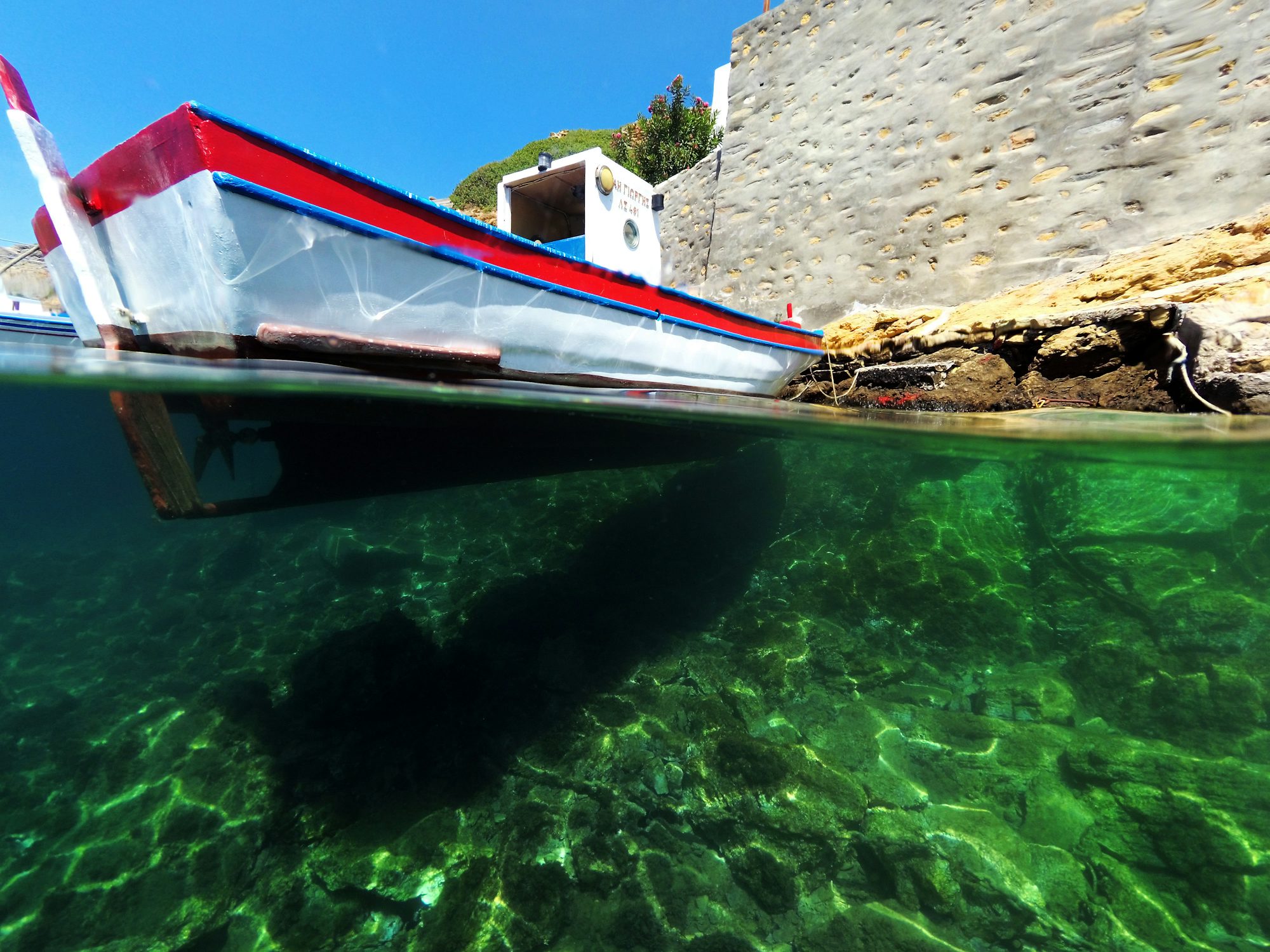Exploring the Art of Trolling: A Guide for Anglers
This article delves into the techniques and strategies asfinag vignette of trolling, highlighting the necessary gear, best practices, and tips for successful fishing adventures.
The Basics of Trolling
At its core, trolling is about covering a significant area of water to locate fish. By moving at a controlled speed, anglers can entice fish that are suspended in the water column or near the surface. Trolling can be conducted in freshwater lakes, rivers, and coastal waters, making it a versatile technique for various environments.
Types of Trolling
There are several approaches to trolling, each tailored to specific conditions and target species:
1. Surface Trolling: This method involves pulling lures or baits at or near the surface. It is effective for species like bass and some types of trout. Surface trolling is often done with lighter tackle and requires attention to the lure’s action to attract fish.
2. Midwater Trolling: For species that dwell at intermediate depths, midwater trolling is an excellent choice. This method typically employs downriggers or lead weights to keep the bait at the desired depth. It’s particularly effective for species such as salmon and lake trout, which often inhabit deeper waters.
3. Bottom Trolling: This technique involves dragging lures or bait along the seafloor. Bottom trolling is ideal for targeting species like catfish and certain types of bottom-dwelling fish. Care must be taken to avoid snags and ensure the bait stays near the bottom.
Essential Gear for Trolling
To maximize your success while trolling, having the right gear is crucial. Here are the essential components:
- Rod and Reel: Choose a sturdy trolling rod that can handle the weight of the lure and the fish you’re targeting. Trolling reels often feature a level wind system to help evenly distribute the line during retrieval.
- Lures and Baits: Depending on the species you are targeting, various lures, such as spoons, plugs, and soft plastics, can be effective. Live bait, like minnows or cut bait, can also be used, especially in deeper waters.
- Downriggers: For midwater trolling, downriggers allow you to precisely control the depth of your bait. They consist of a weight attached to a cable that can be lowered and raised to maintain the desired depth.
- Planer Boards: These devices are used to spread lines out away from the boat. This is particularly useful when multiple lines are being trolled simultaneously, as it helps to reduce tangles and allows you to cover more water.
- Fish Finder: A fish finder is an invaluable tool for trolling. It helps identify underwater structures, schools of fish, and their depth, allowing you to adjust your strategy accordingly.
Trolling Techniques and Strategies
To improve your chances of a successful trolling expedition, consider the following techniques and strategies:
1. Speed Control: The speed at which you troll can significantly impact your success. Different species prefer different speeds, so experimentation may be necessary. A common range is 1.5 to 3 mph, but adjusting speed based on conditions can yield better results.
2. Scent and Action: Ensure that your lures have the right action and scent to attract fish. Some anglers add scent attractants to their lures or use lures that mimic the movement of injured baitfish. This can increase your chances of enticing fish to strike.
3. Depth Adjustment: Pay attention to the depth at which fish are biting. If you’re not getting strikes, consider adjusting the depth of your lines. This can be done using downriggers, weights, or by altering the length of the line behind the boat.
4. Use of Waypoints: Mark successful locations on your fish finder and use them as waypoints for future trips. This can help you identify productive areas and increase your efficiency while trolling.
5. Watch for Signs: Keep an eye out for signs of fish activity, such as jumping fish or birds diving into the water. These can be indicators of schools of fish below and can help you adjust your trolling path.
Safety Considerations
While trolling can be an exciting adventure, it’s essential to prioritize safety on the water. Here are some tips to keep in mind:
- Wear Life Jackets: Ensure that all passengers on the boat wear life jackets, especially when fishing in open waters.
- Check Weather Conditions: Before heading out, check the weather forecast and be prepared for changing conditions. Sudden storms can arise, so it’s essential to have a plan in case of inclement weather.
- Stay Aware of Surroundings: Maintain awareness of your surroundings while trolling, including other boats, navigation markers, and hazards in the water.
- Carry Safety Equipment: Always have safety equipment onboard, including a first aid kit, flares, and a fire extinguisher. Having a plan in case of emergencies is crucial for a safe outing.
Conclusion
Trolling is an engaging and effective fishing technique that can lead to exciting catches and memorable days on the water. By understanding the different types of trolling, using the right gear, and employing effective strategies, anglers can enhance their fishing experience. Whether you’re a seasoned pro or a beginner, the thrill of trolling awaits, inviting you to explore new waters and discover the joys of fishing in motion. So gear up, hit the water, and enjoy the adventure of trolling.